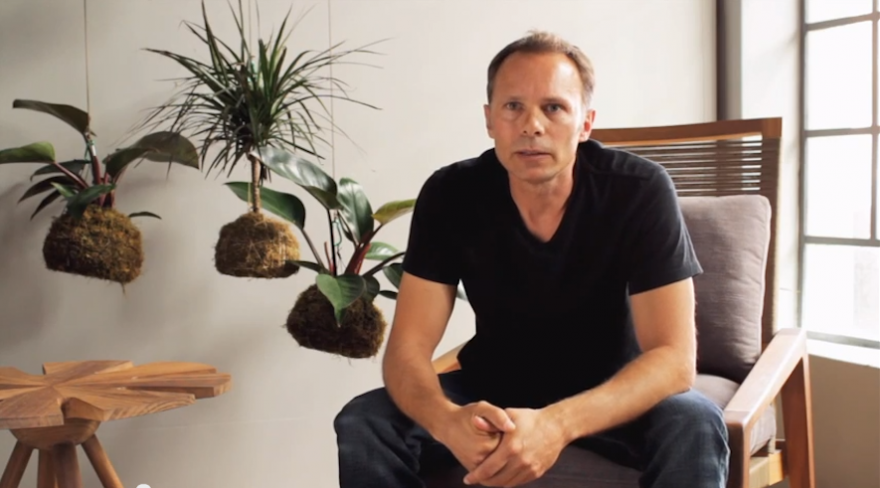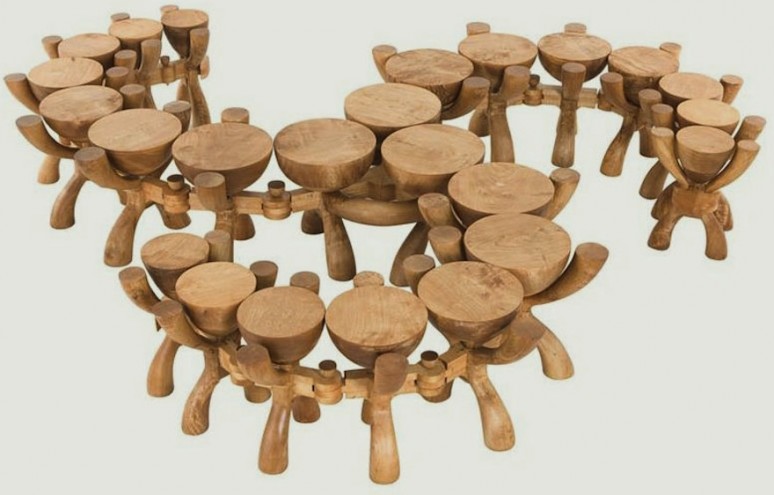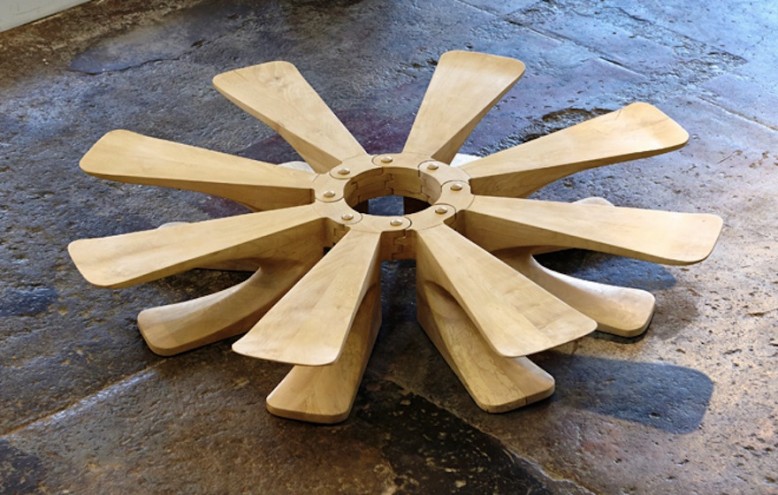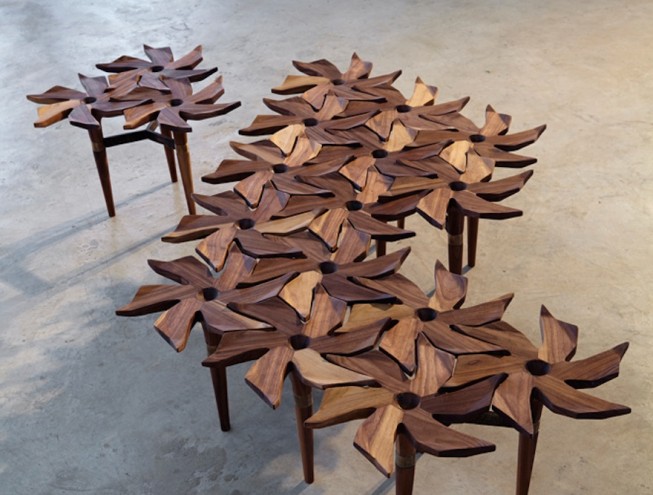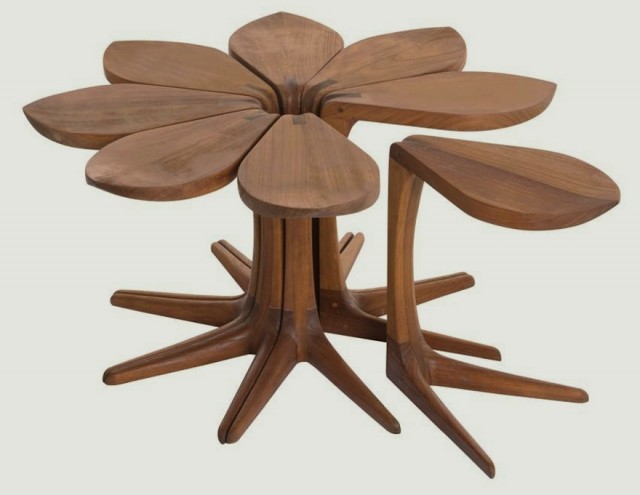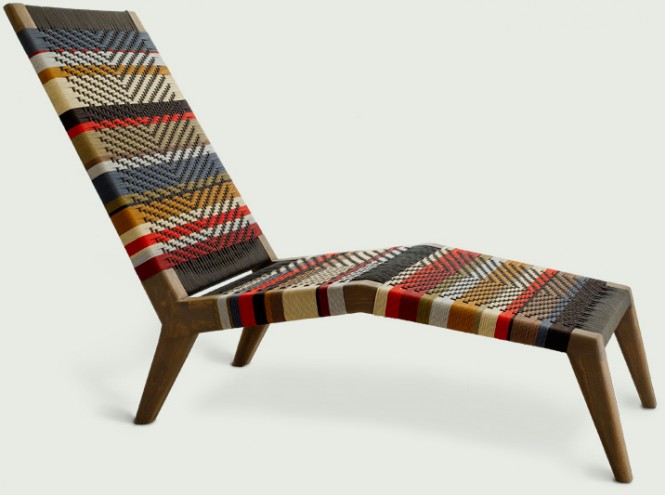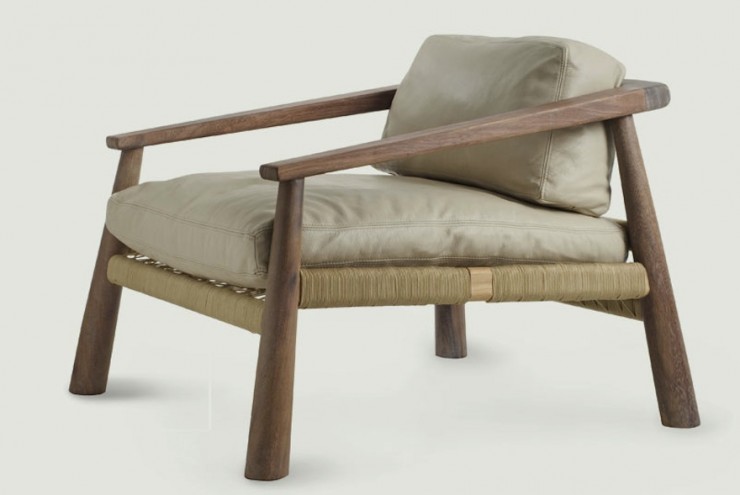Against the odds, John Vogel got it right. Since he set up his own business about 15 years ago, the Cape Town-based furniture designer has overcome the limitations of manufacturing in South Africa by creating various different entry points into the local and international market.
Trained as an architect, Vogel was one of the first contemporary furniture designers in South Africa whose work has helped define a distinctly South African aesthetic. Although his medium of choice is timber, he does not see himself as a master carpenter. “What I should have done at the time, if I’d known what I really wanted to do, was go to Scandinavia and do a furniture apprenticeship,” he says.
Though he learnt to think like a designer at architecture school, his education didn’t equip him for how to run a business. But he realised early on that to build his brand – simply called Vogel – he would need to have more than one stream of income.
His store at The Foundry in Woodstock and at the new Watershed development at the V&A Market give him a direct route to retail, and he operates on a larger scale too, working with specifiers and designers to supply restaurants with furniture. He is one of the most successful designers in the Southern Guild stable, reports founder Trevyn McGowan, which sells his Loves Me Loves Me Not nest of side-tables in multiples at exhibitions. And then there’s his work with US retailer West Elm, which expanded its product line of affordable homeware to include international artisans whose work reflects a handmade aesthetic. McGowan, whose agency Source represented Vogel and others in the West Elm partnership, reports that he has been the chain store’s top selling designer under license, with 13 products coming out over three years.
Vogel’s furniture is inspired by the wild animals, natural landscape and plant forms indigenous to South Africa. But the clean lines of his chairs, bar stools, tables and outdoor loungers invoke these influences in a subtle and layered way that keeps them accessible to an international audience.
A trip to the Karoo in his third year of architecture school in Port Elizabeth switched him on to the South African-ness at the core of his design language.
We were able to go inside those small Karoo houses, which were so rich in heritage and filled with furniture handed down through the generations, he says.
"It was magical for me: for the first time, I saw a real South African lifestyle. There was a story being told and a feeling about it… I’ve had that with me every since."
After working in architecture for a while, he decided he enjoyed crafting furniture more so he moved from his native Durban to Cape Town in 1991 to set up shop. “I decided to work for himself making beautiful products and lots of money,” he says wryly. It took a lot longer than he thought.
His first product, a kudu horn table, was inspired by the the spiral forms he’d seen in the Karoo. “I wanted to take design from the past, which had a strong design language but there was nobody taking it into the future,” he says. So rather than simply reproducing the horn’s form, he reinterpreted it, making them out of materials such as cast aluminium and coloured resin.
“It worked very well. I tried to sell the product here locally, but there wasn’t a strong market for it – I had a shop in Cape Town and in Joburg that I sold to.” So he decided to take them to New York. “It was about two weeks after President Nelson Mandela was voted in and everybody was very excited to receive us in New York,” he recalls. “It did quite well except that I hadn’t planned it properly, so when I came back I had no money and it took a long time to produce the orders. And, you know, you can’t keep the Americans waiting!"
It was his first lesson in producing bulk orders in a timely way.
There were manufacturing obstacles to deal with, too.
I realised pretty quickly that I had to be the master at what I was making.
"When I went to the foundry to ask them to cast me some kudu horns, they said they hadn’t done this before and didn’t know how to handle it. So I had to spend time in the foundry understanding their processes and suggesting to them how to actually produce the pieces.” He did the same with wood workshops, glassblowers and all his other suppliers – all “while I was still trying to find my niche, find out who I was and what I wanted to say”.
Vogel believes that to make it as a designer in South Africa, you have to be hands-on with technical production. “I tried the route of sub-contracting things out and relying on other people,” he says, but it didn’t work.
I make all the samples myself to understand the process completely and then go back and break it all down and set it out for our staff in piece by piece, he adds.
The model of the designer who sells his or her design to a manufacturer, which then makes and markets the product doesn’t exist in South Africa. “It’s extremely difficult to be a designer in his country because we don’t have the systems to support a standard design process. You really are out there on your own as a designer in a sense.”
But the nascent local design industry also presented the opportunity of contributing to a South African design vernacular. He believes that a young society such as ours needs strong a visual language to build its collective self-esteem. “We need familiarity and things we can relate to and that we’re proud of,” he explains.
At the core of his work is the pleasure he takes in telling the South African story. One of his most popular products, the Nguni chair, is a good example of this: the linear, curved backrest recalls the shape of a horn from a Nguni cow while the woven seat is inspired by a riempie. “When we see things that are familiar to us, we have an emotional connection to them,” Vogel says. “If you can get your end-user to have an emotional connection with your product, then it works. I see myself as a three-dimensionl storyteller.”
What would he say to a 25-year-old John Vogel, based on what he knows today? “Take a deep breath. You have to be prepared to persevere,” he says. “Stick at it.”
This article is based on a panel discussion between John Vogel and Trevyn McGowan at Business of Design in Cape Town on 15 October 2014.

